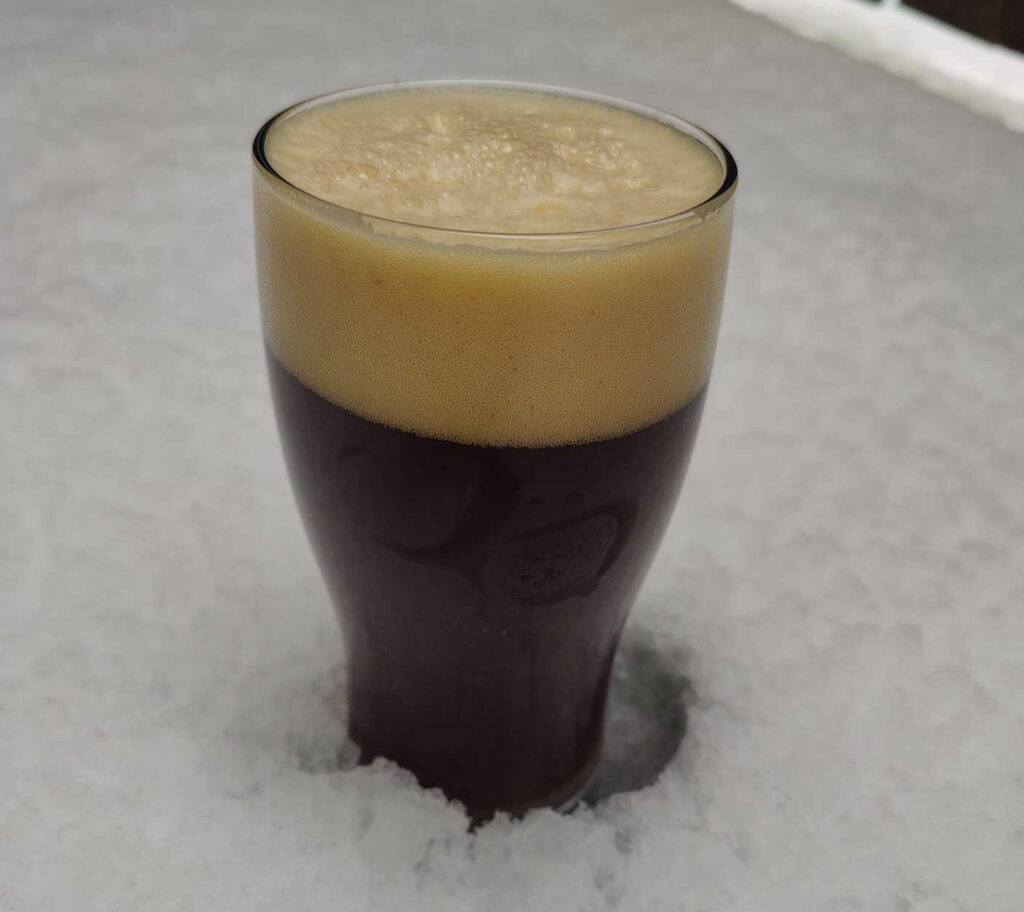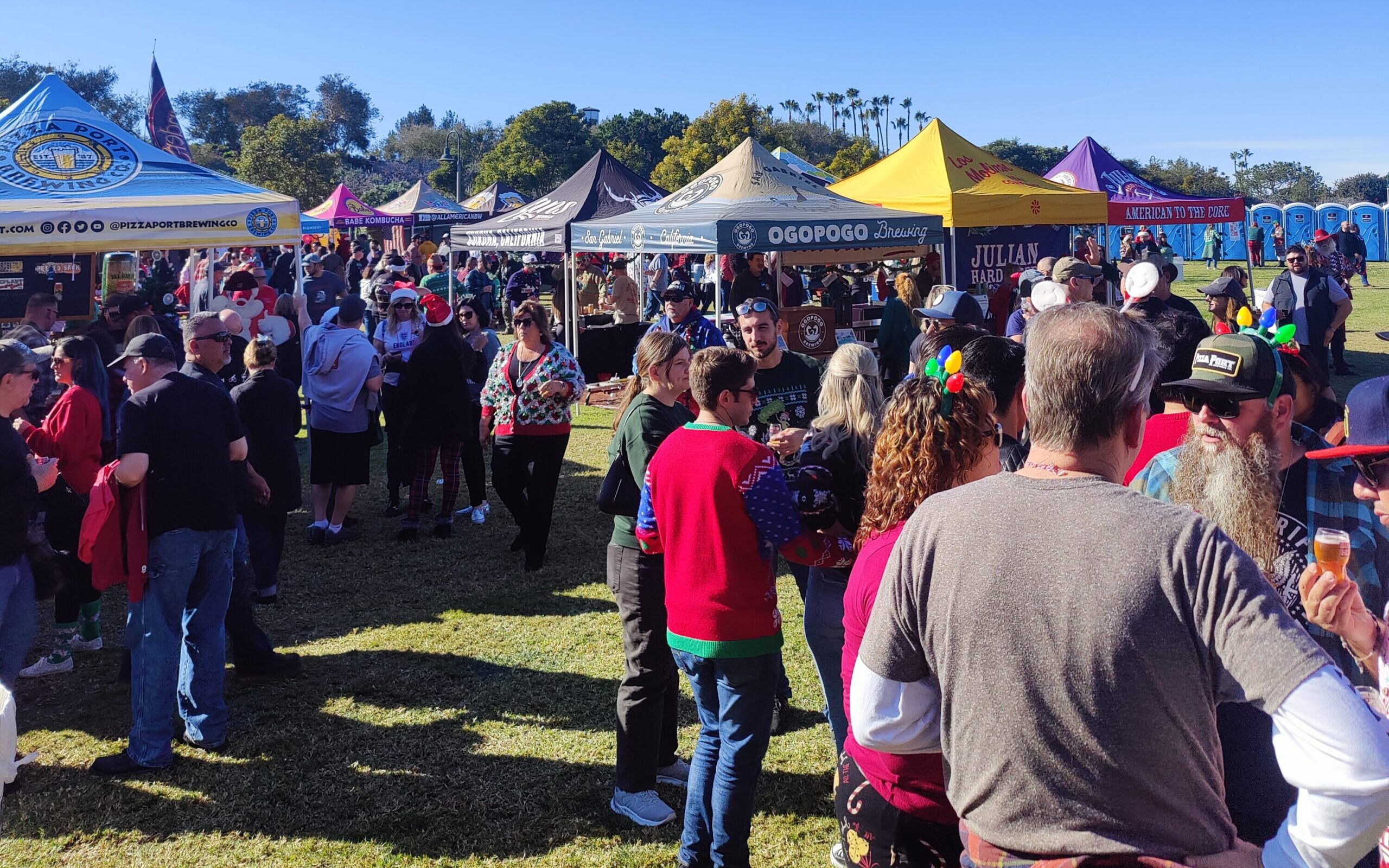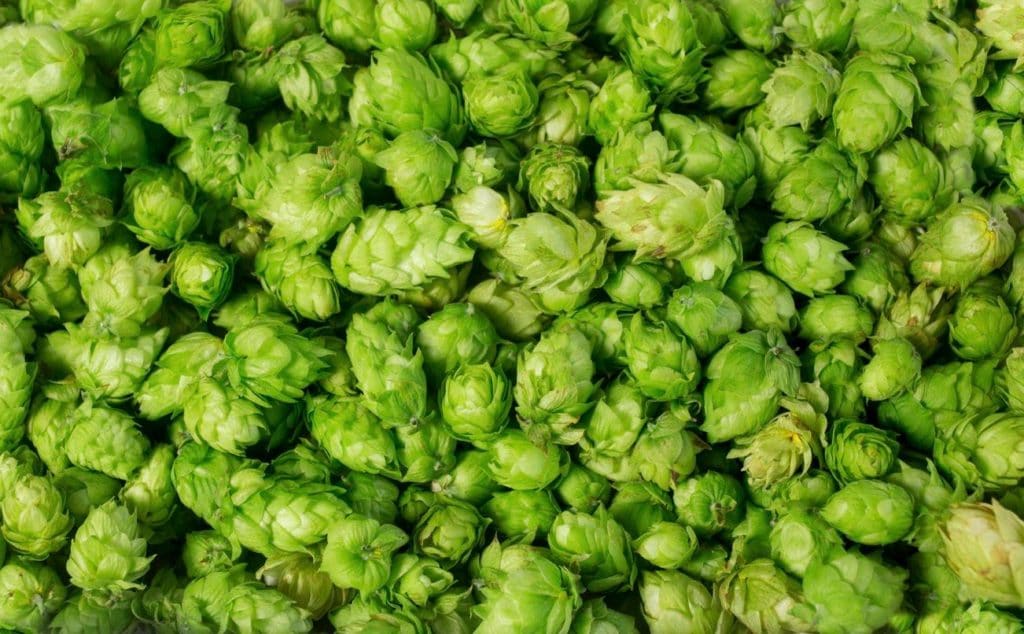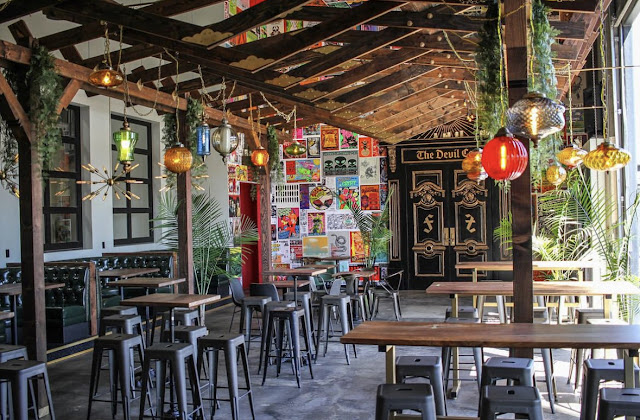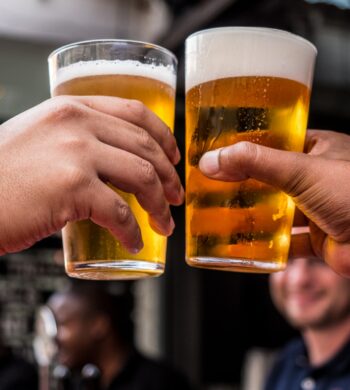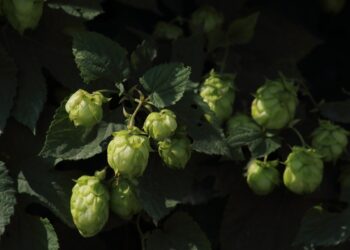
If you’re a fan of craft beer, you’ve probably enjoyed hanging with friends at a local brewery/taproom, savoring a pint of something special. And if you’re into sports, you’ve likely felt the thrill when your team scores a big win or championship. At first glance, sports and craft beer might seem like two different things, but they actually have more in common than you might think.
Community and Culture
Whether it’s the excitement of a packed stadium or the energy of a lively brewery, both sports and craft beer are all about community. Sports teams bring fans together, whether at games, tailgates, or watch parties, creating a culture that goes beyond just the game. Similarly, craft breweries often serve as gathering spots where people come to enjoy good beer, good company, and a shared love for the craft. Both worlds thrive on traditions, rituals, and a strong sense of belonging.
Passion Fuels Both Worlds
Ask any sports fan or athlete, and they’ll tell you that passion is what makes sports so special. It’s what keeps fans loyal, even when their team isn’t winning, and what drives athletes to give their best in every game. In the craft beer world, passion is just as important. Brewers put their heart into creating unique, high-quality beers, and beer lovers eagerly seek out the latest flavors. This shared enthusiasm keeps both sports and craft beer exciting and ever-evolving.
Competition Leads to Creativity
Sports are all about competition. Teams and athletes constantly work to outdo each other, leading to new strategies and techniques. The craft beer industry is similar. With so many breweries competing for attention, brewers are always looking for ways to stand out, which means they’re constantly coming up with new and creative beers. This competition drives innovation, making both sports and craft beer more interesting.
Loyalty Is Everything
Loyalty is a big deal in both sports and craft beer. Sports fans are known for sticking by their favorite teams, no matter what. This loyalty often becomes a big part of their identity, sometimes even passed down from generation to generation. Craft beer drinkers have a similar loyalty to their favorite breweries. Once they find a beer they love, they keep coming back because they trust the quality and consistency. This connection goes beyond just liking the taste, it’s about trusting the brand and being part of its story.
The Social Experience
Watching a game is usually more fun with others. Sports are best enjoyed with friends, whether at a stadium, a bar, or at home. The same goes for craft beer. There’s something special about sharing a pint with friends, talking about the latest brew, and discovering new favorites together. Both sports and craft beer create social experiences that bring people together and make the moment more enjoyable.
Local Identity and Pride
Sports teams often represent more than just a group of players. They stand for cities, regions, and the pride of the local community. Fans proudly wear their team’s colors and celebrate their local identity. In the world of craft beer, local pride is just as strong. Many craft breweries highlight their local roots, using local ingredients and flavors that reflect their region. Supporting a local brewery isn’t just about enjoying good beer, it’s about celebrating and supporting your community.
Two Worlds, One Energy
In the end, both sports and craft beer are about connection. Connecting with others, with your community, and with something you’re passionate about. Whether you’re cheering on your favorite team or enjoying a new brew, you’re part of a larger community that values creativity, loyalty, and shared experiences. So next time you raise a glass at the game or your favorite brewery, take a moment to appreciate how these two worlds come together and make life a bit more richer. Cheers to that! 🍻

